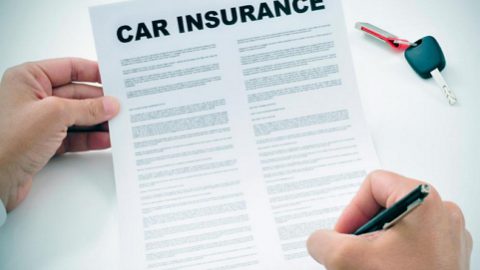Forget about those white-knuckle trips around the neighborhood as you helped your teen learn how to smoothly apply the gas and avoid locking the brakes. All those near misses as your new driver forgot to check the blind spot before changing lanes? Forget about those, too.
The studies are in and the results are clear – teenagers are the most attentive drivers. Sit back, relax, and get ready to hand over the car keys after you read these studies:
Capitol-Tires.com is an independent enthusiast website and is not affiliated with or endorsed by American Tire Distributors (ATD), Nexen, Itochu or any other manufacturers and its content is solely for informational purposes. All manufacturer names, symbols, and descriptions, used in our images and text are used for identification purposes only. It is neither inferred nor implied that any item mentioned by Capitol-Tires.com is a product authorized by or in any way connected with any products/vehicle manufacturers displayed on this page. Copyright © 2025 CAPITOL-TIRES.com. All rights reserved.









